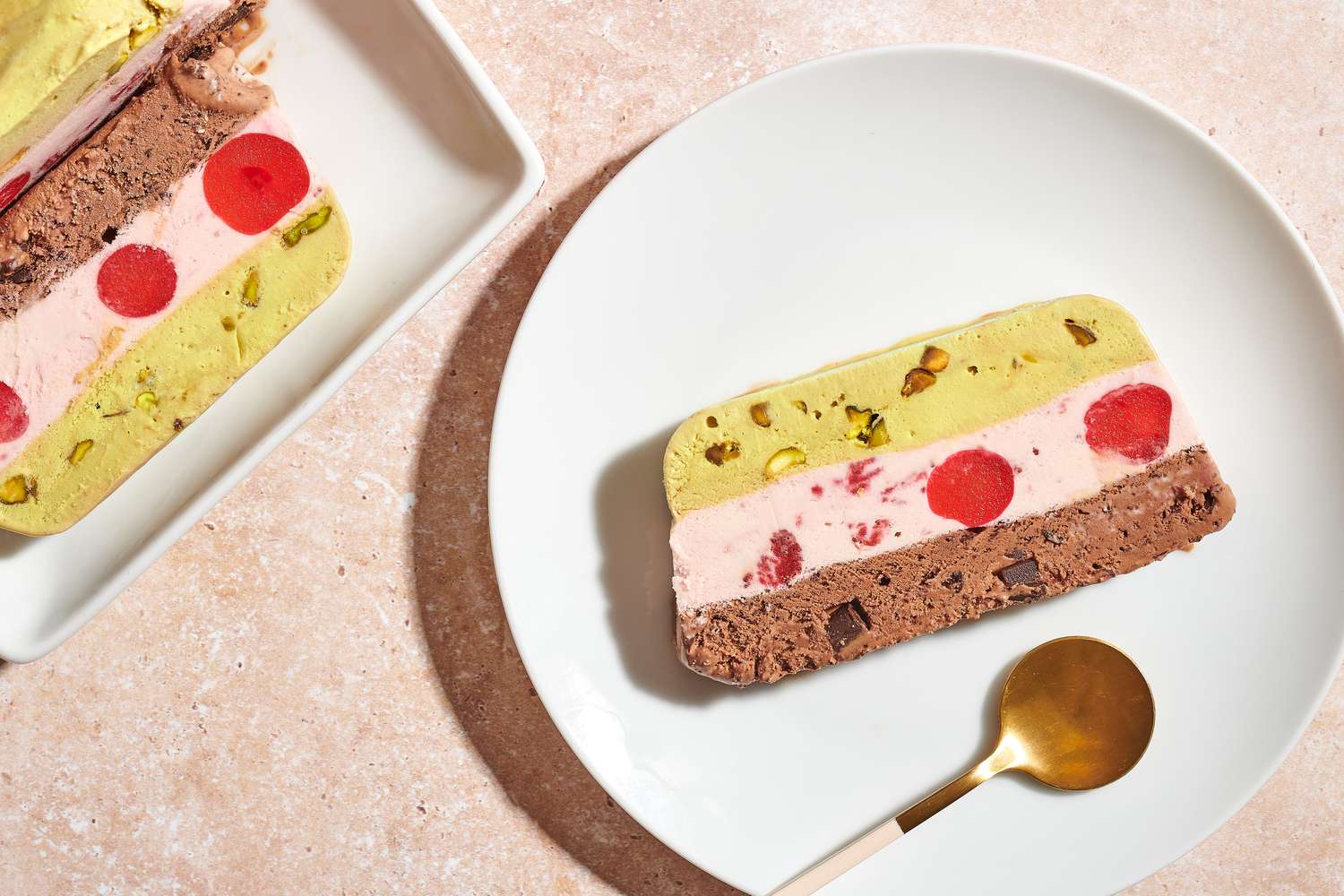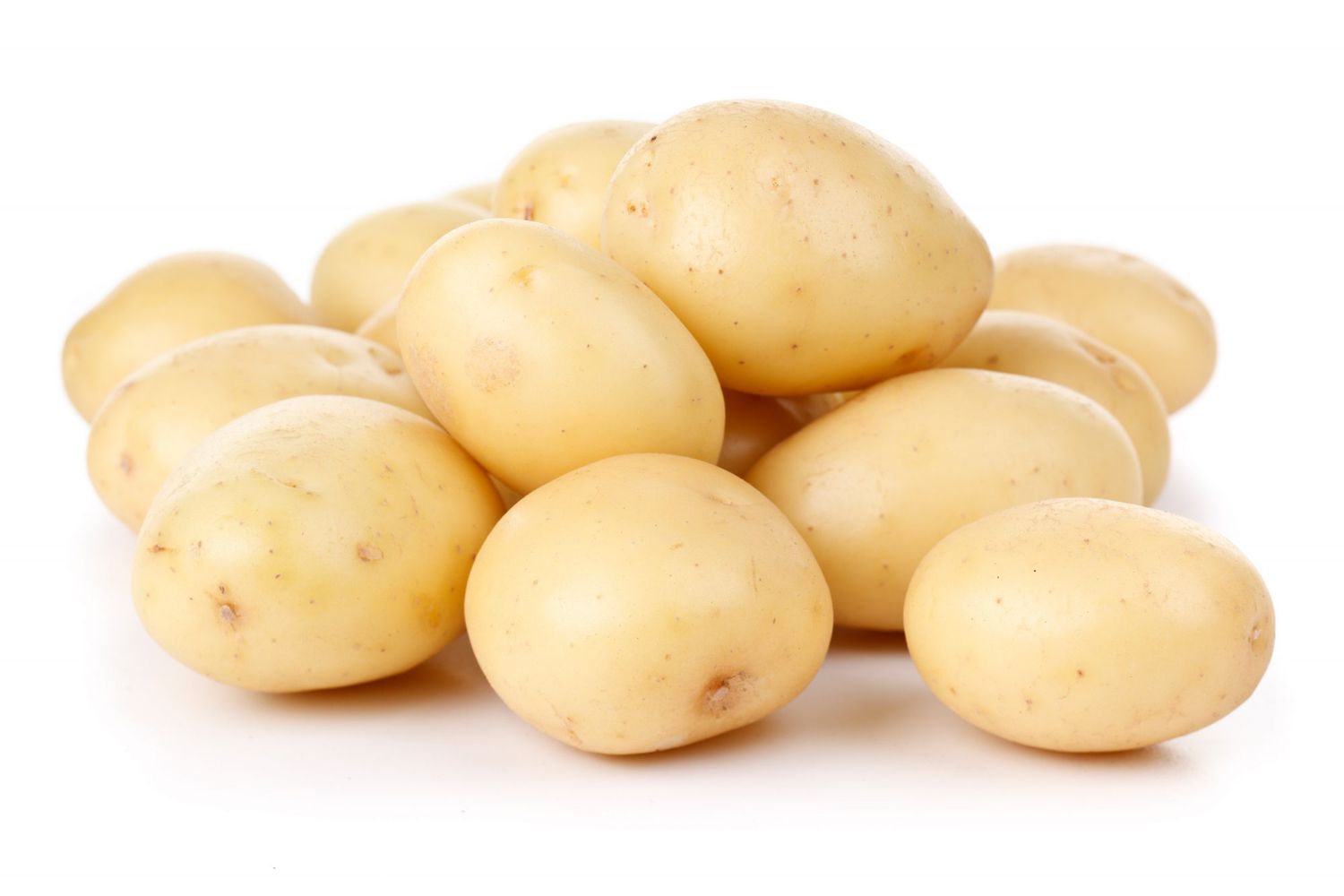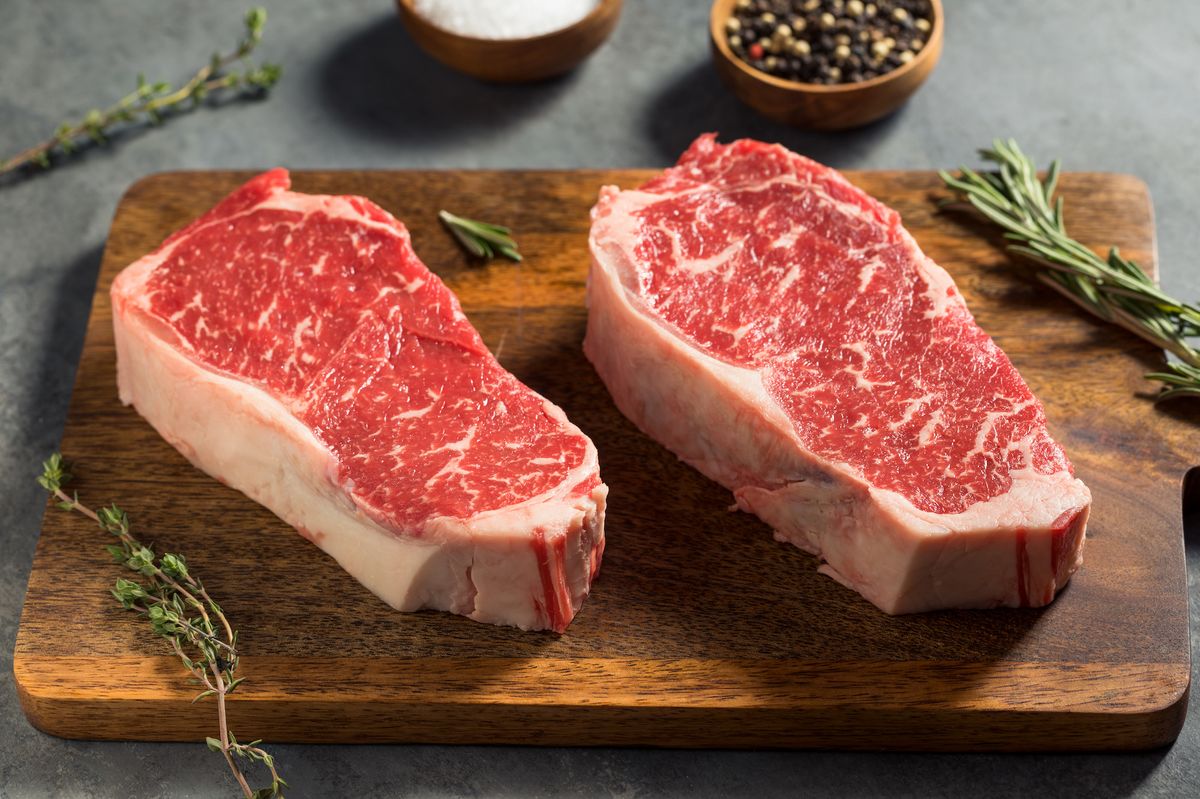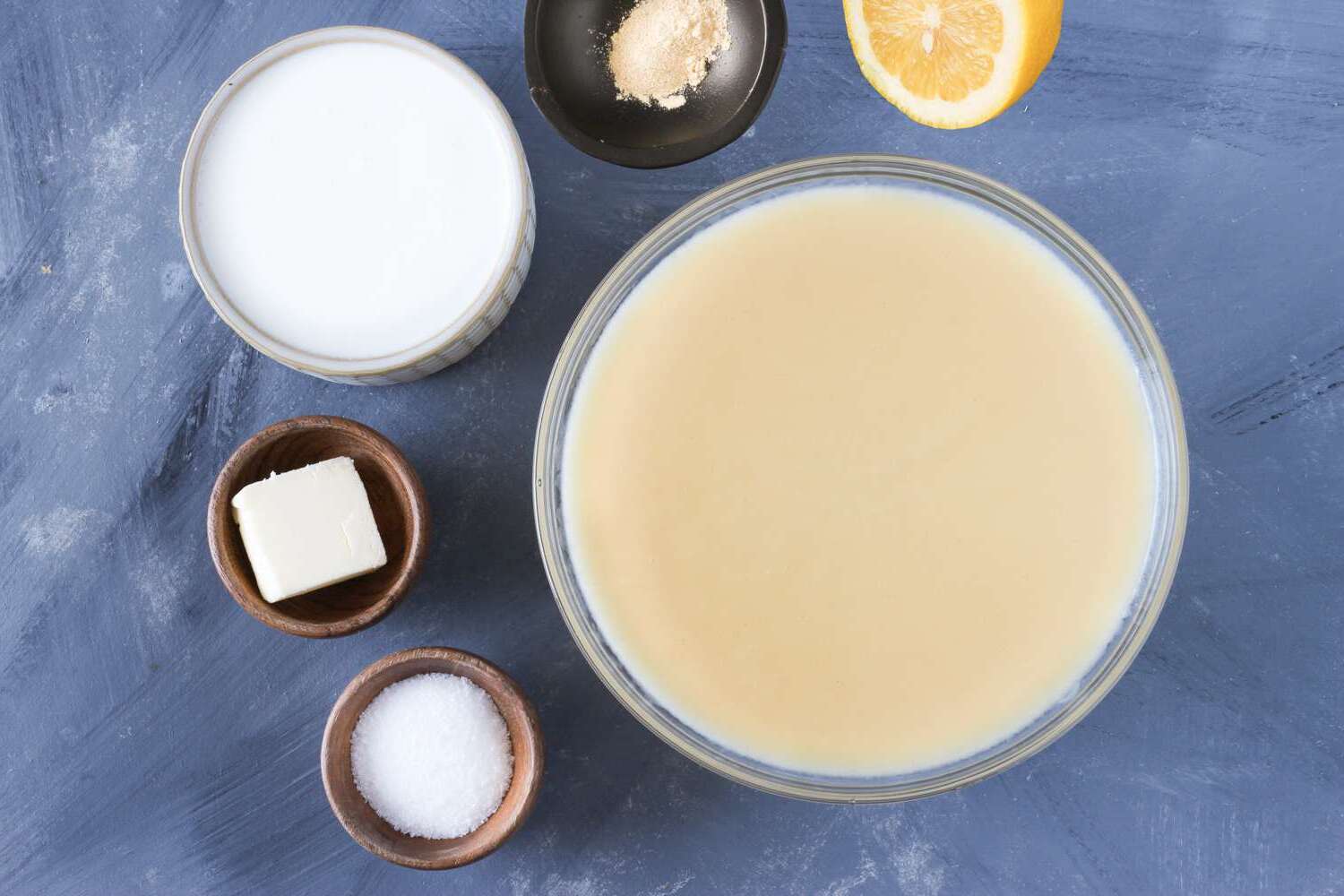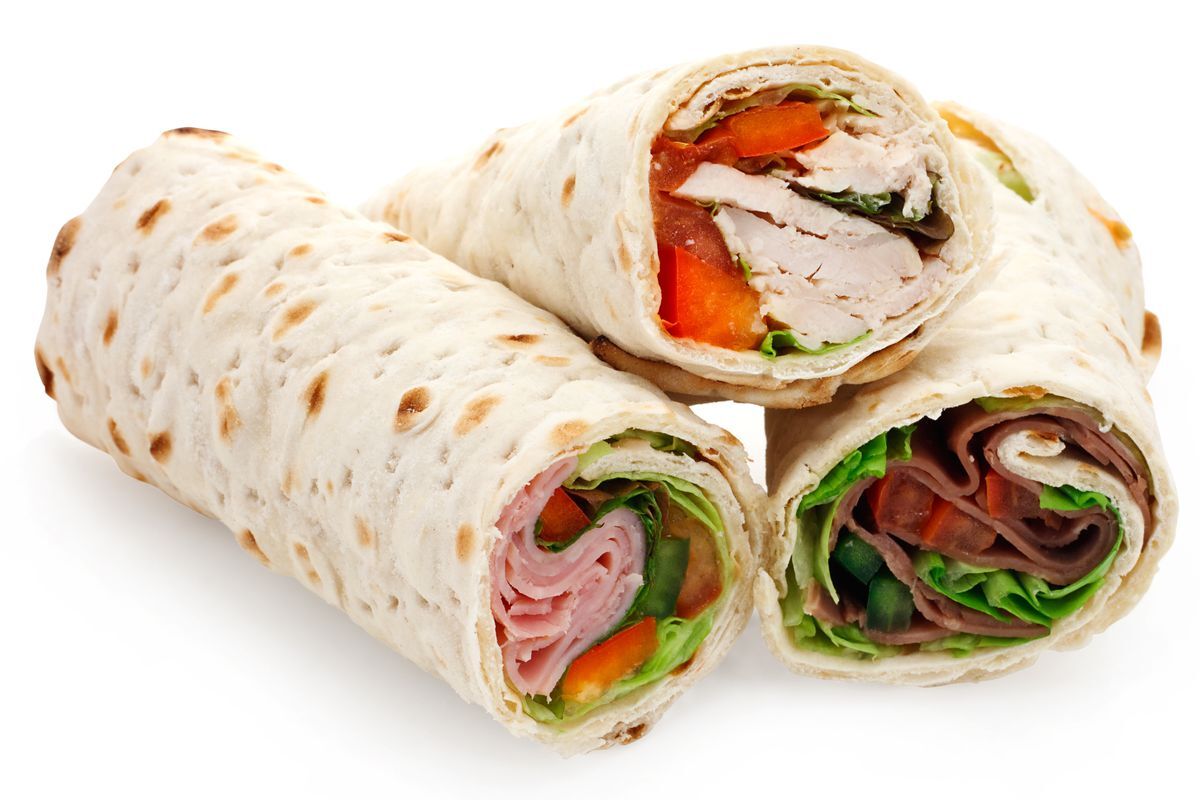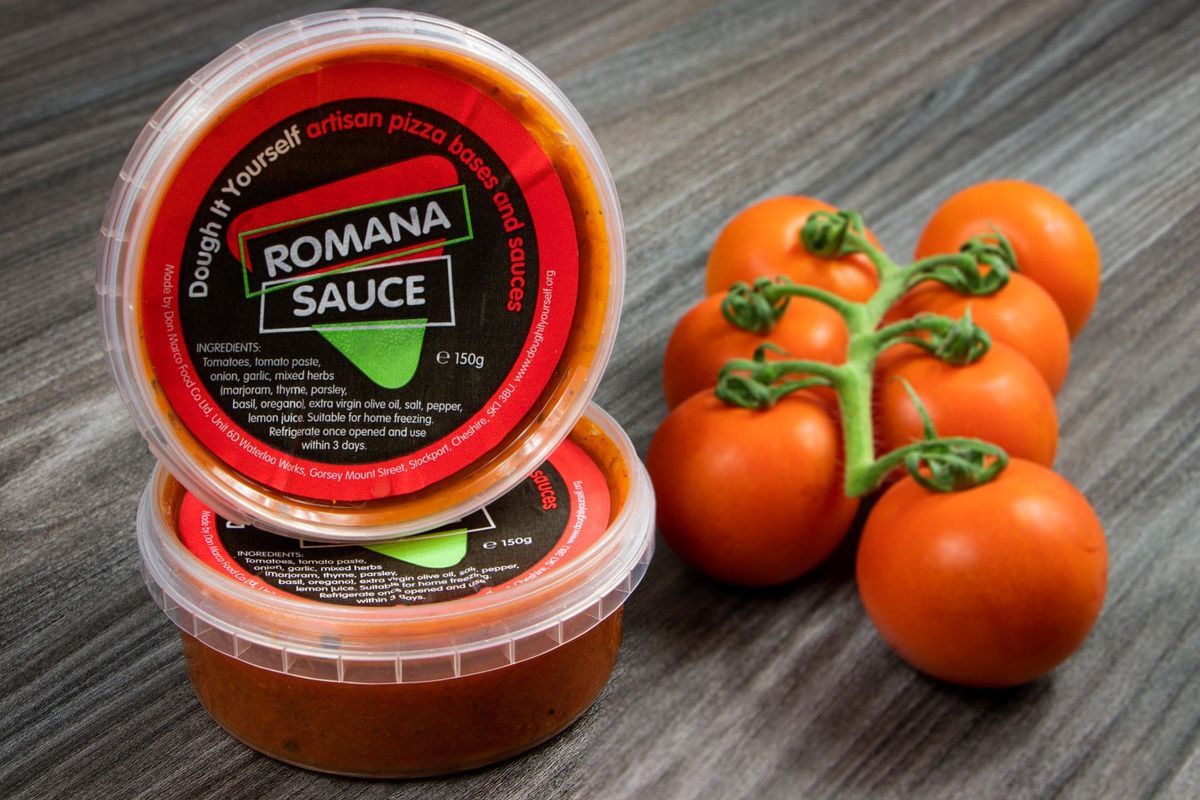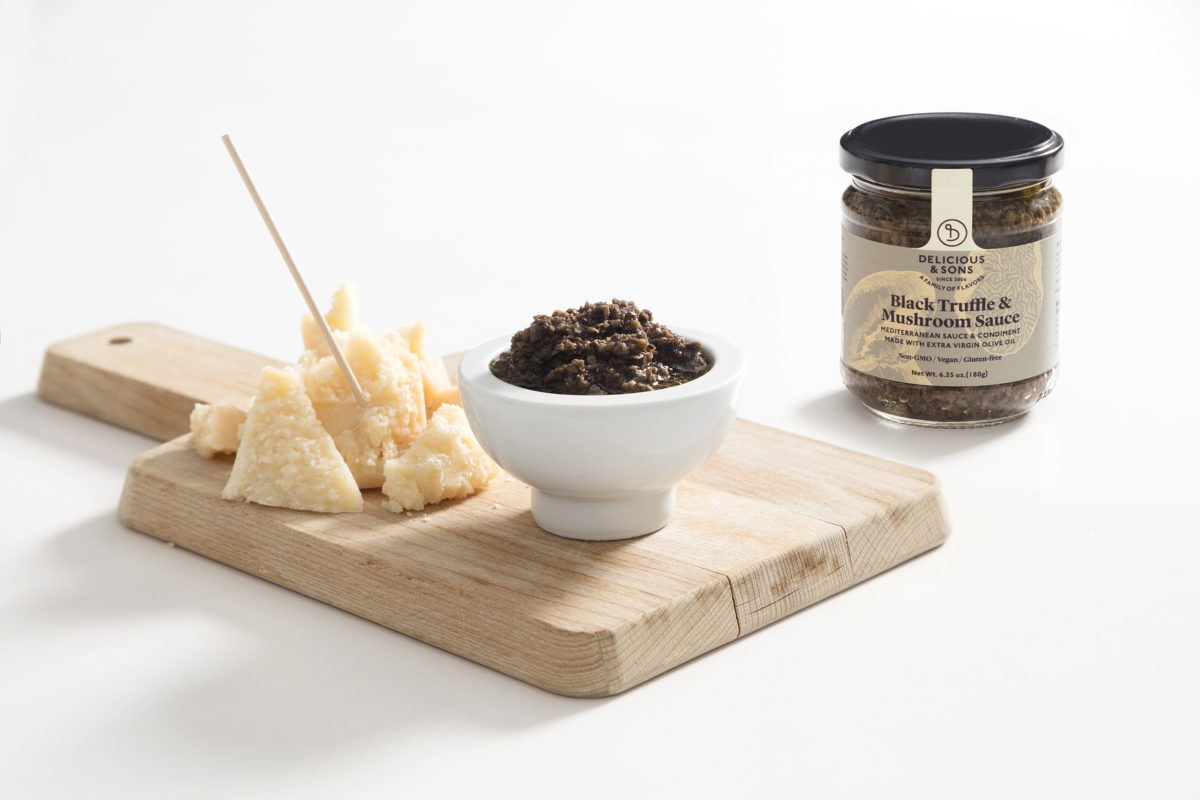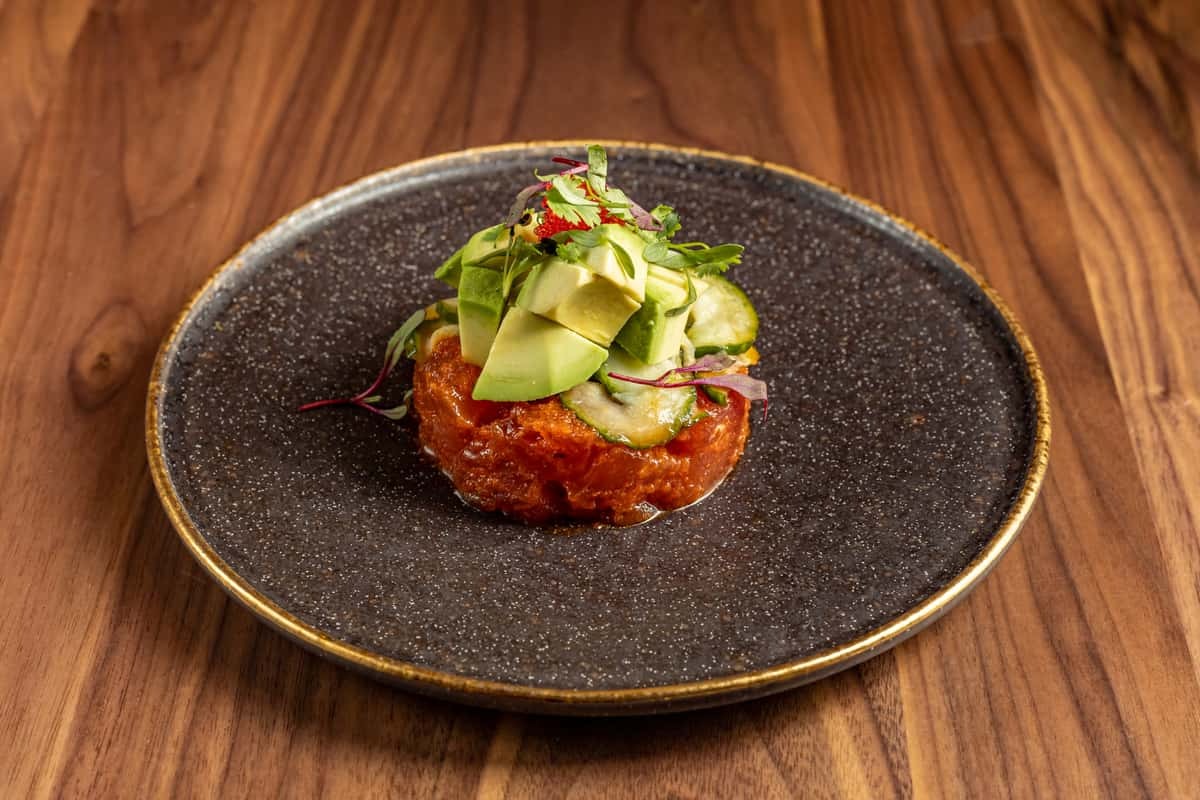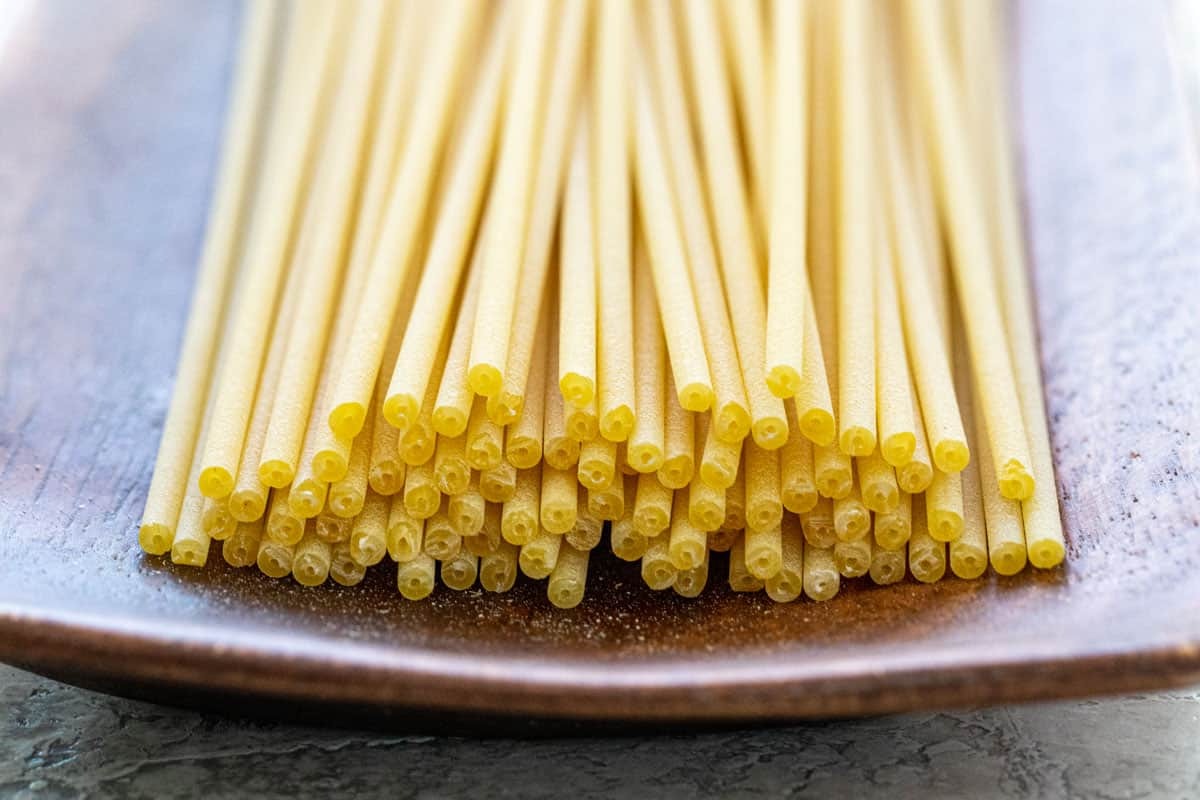Understanding Yeast: A Key Ingredient in Baking and Brewing
Yeast is a fascinating microorganism that plays a crucial role in the world of baking and brewing. It is a single-celled fungus that belongs to the fungi kingdom and is used in various culinary and industrial processes. Let’s delve into the world of yeast and explore its significance in the culinary arts.
Types of Yeast
There are several types of yeast, but the two most commonly used in baking and brewing are baker’s yeast and brewer’s yeast. Baker’s yeast, also known as Saccharomyces cerevisiae, is used to leaven bread and other baked goods. On the other hand, brewer’s yeast is used in the fermentation of beer and other alcoholic beverages.
Role of Yeast in Baking
When it comes to baking, yeast serves as a leavening agent, which means it helps dough to rise. This is achieved through a process called fermentation, where yeast consumes sugars and produces carbon dioxide gas and alcohol. The carbon dioxide gas gets trapped in the dough, causing it to expand and rise, resulting in light and airy bread.
There are two main types of baker’s yeast used in baking: active dry yeast and instant yeast. Active dry yeast needs to be dissolved in water before use, while instant yeast can be added directly to the dry ingredients. Both types of yeast perform the same function but have different activation methods.
Yeast in Brewing
Yeast is an essential ingredient in the brewing process. During fermentation, brewer’s yeast consumes the sugars present in the wort (the liquid extracted from the mashing process) and produces alcohol and carbon dioxide. This is how beer and other alcoholic beverages achieve their alcohol content and carbonation.
There are various strains of brewer’s yeast, each contributing unique flavors and characteristics to the final product. Brewers carefully select the type of yeast to use based on the style of beer they want to produce, as different strains can impart distinct aromas and flavors.
The Health Benefits of Yeast
Yeast is not only valuable in the culinary world but also offers several health benefits. Brewer’s yeast, in particular, is a rich source of B vitamins, protein, and minerals. It is often used as a dietary supplement and is believed to support energy production, promote healthy skin, and aid in digestion.
Conclusion
Yeast is a remarkable microorganism that significantly impacts the culinary and brewing industries. Its ability to leaven dough and ferment beverages has made it an indispensable component in the creation of bread, beer, and other fermented products. Whether you’re a baker, brewer, or simply a fan of delicious food and beverages, understanding the role of yeast enhances appreciation for the art and science of fermentation.
So, the next time you enjoy a slice of freshly baked bread or savor a cold beer, take a moment to appreciate the tiny yet mighty yeast that made it all possible.
Was this page helpful?
Read Next: What Is Remoulade?
